An Inside Look Into The “Shady” Renovation/ID Industry In Singapore: Here’s How It Really Works
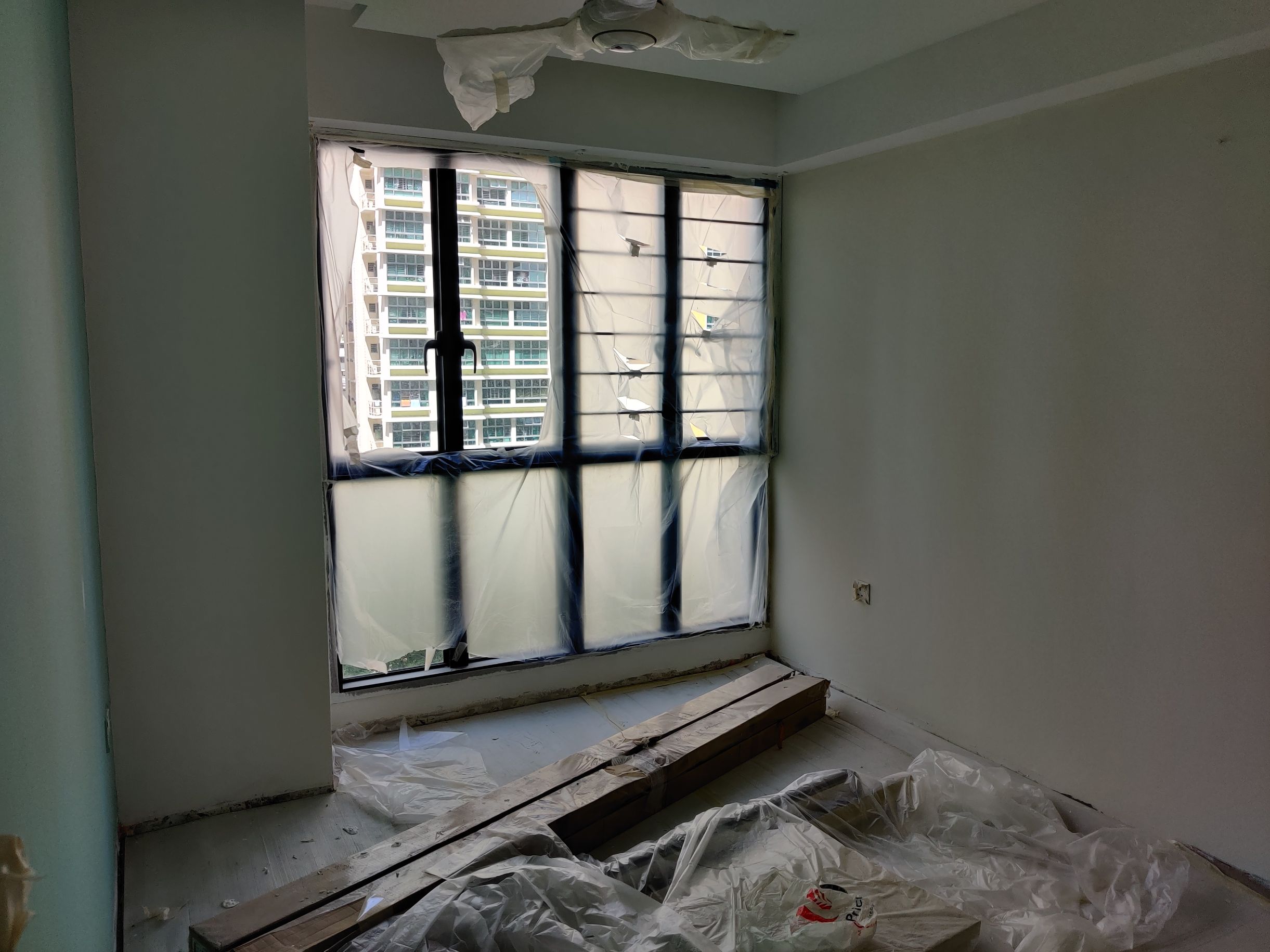
Get The Property Insights Serious Buyers Read First: Join 50,000+ readers who rely on our weekly breakdowns of Singapore’s property market.
Adriano is an old school real estate guy. Prior to establishing his own architectural/engineering design firm in New York City, he’s worked for a Brooklyn-based developer developing multifamily residential projects across the 5-Boroughs. In Singapore, he has experience with managing hospitality projects and rehabilitation of conservation shophouses. In his free time, he enjoys photography.
We recently wrote about a horrible renovation story in Singapore, and it was clear it struck a chord with many of you.
Many wrote in to share similar experiences, and some had helpful tips and advice for homeowners who are currently looking to avoid such a scenario.
It must be a case of extreme puzzlement for some – in a country where everything is by the book and oh-so-prim and proper, why is it that our renovation/ID industry is seemingly such a sham?
Every week, you hear of customers getting scammed or news of an increase in complaints against renovation contractors (up almost 50% in 2021).
It always seems that customers are in the dark, perhaps due to a lack of due diligence, or maybe just a serious misunderstanding of how the industry actually works.
As such, today I’ll be attempting to uncover just how the renovation industry in Singapore is structured, and maybe from here, you’d be able to have a better idea and ask the right questions when it comes to picking your ID.
First, for the sake of those new to this – let me explain the structure of the system.
There are several tiers to this:
Table Of Contents
- Structures of the system
- 1. Hiring an architect for design
- 2. Design and build
- 3. Design and construction
- Problems of the industry
- 1. Hidden markups
- 2. Opaque material costs
- 3. No standardised contract
- 4. Lack of escrow payment system and milestones
- 5. Lack of certification of IDs
- 6. Interior design platforms pushed pricing down
- 7. Unrealistic expectations of consumers
- Final word
1. Hiring an architect for design
While most naturally assume architects to be expensive and only do landed homes, well, you’re not wrong.
Generally, the well-known names in the industry such as Parks + Associates and such will only be doing projects from a certain dollar sum and up.
That said, there are also smaller architectural firms that will entertain smaller projects, and it might not necessarily be more expensive as well.
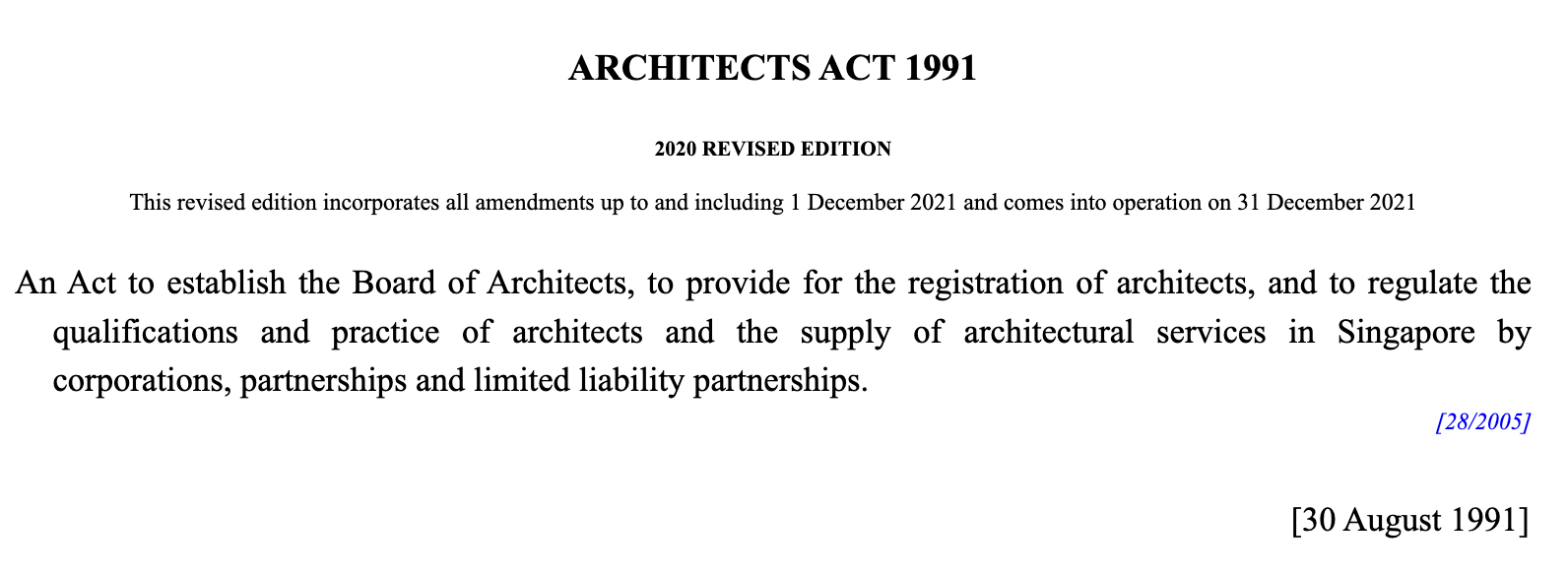
However, unlike IDs, architects will never bundle their design fees and construction into one price.
Architects in Singapore are bound by a code of ethics, and cannot provide an integrated construction and design service.
As such, you’d pay a design fee, and the architect will submit your project for tender among several construction firms.
It’s a much more transparent process (although I can’t vouch that it is free from certain “influences”), and you generally will get what you pay for.
2. Design and build
For many, the proliferation of interior designers in Singapore due to the lack of professional certification just means this would be the most common encounter.
Many firms tout design and build as a service with the main perk being a seamless experience.
There are a few ways this works:
– You hire an ID firm that has a sales team and a designer. As is usually the case, the salesperson’s job is to close you (that’s where they earn their commission), and the designer is left to pick up the pieces if they’ve overpromised on certain aspects.
Although, I usually find that the salespeople don’t have enough technical knowledge, and their pricing estimation can be quite unreliable.
This could result in further disputes down the road due to unrealistic budget and pricing expectations not set right from the beginning.
– You hire a smaller ID firm, where the designer is the project manager as well. If you manage to find an experienced ID, this would be beneficial as there’s no loss of communication that may happen with two separate parties.
On the other hand, if the ID took on too many projects, this can come at the detriment of timeline management of the project as there’s only a single person to manage.
– You hire from an ID firm that has a designer and a dedicated project manager. This is usually the more expensive option, but I find that it is a more desirable setup if you have the budget for it. As the saying goes, you get what you pay for, and second-time homeowners would typically opt for this to do away with the headache that comes along with renovation.
Of course, your mileage may vary from firm to firm, but this will be a more dependable option.
3. Design and construction
This is an increasingly more popular option that perhaps was brought about by the invention of Pinterest and the growing number of complaints in working with interior designers in Singapore.
First, you can either DIY the design phase, or work with a contractor to finish the rest of the project.
Second, you can pay a designer a design fee, and work with a construction firm of your choice. The typical option here is to hire a main contractor to do so, and they will look after all the aspects of the job.
Third, the most economical option is to do the design on your own and hire subcontractors for the different aspects of your home renovation.
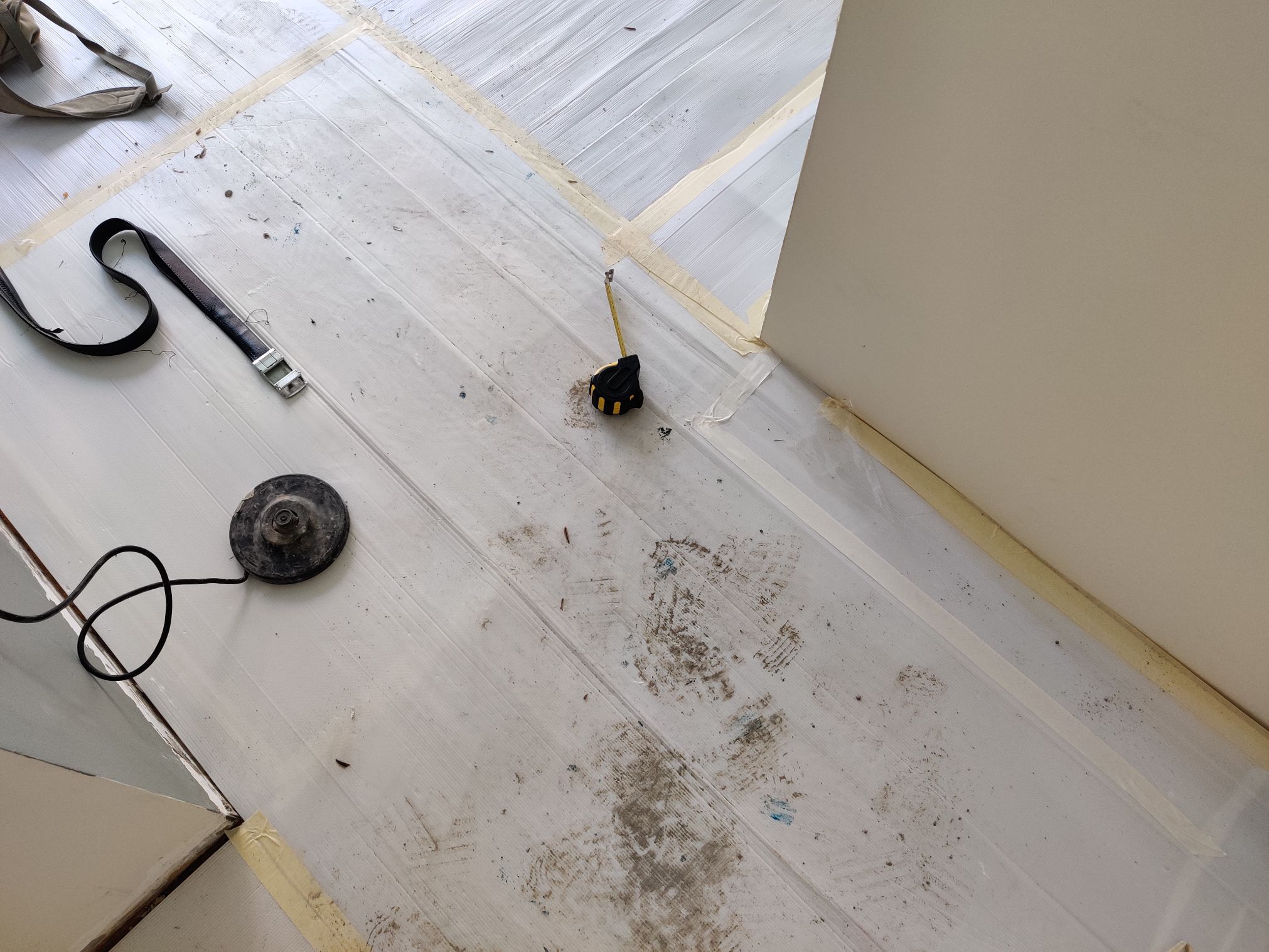
It goes without saying that this option requires the most time and effort on your part. Project management takes up a lot more time than you might think, and it’s just constant problem solving as no project will be a smooth sailing one.
To reiterate further, your best bet is to look for a main contractor (preferably one that can do everything from carpentry to glass or electricity). These guys have certification and insurance, which is something many people often overlook should anything go wrong with the project.
While it may seem attractive to work with different subcontractors (you can see their rates on Carousell), this is often best left to those with some experience in the construction industry.
As always, there’s no problem if everything is smooth sailing, but if any problems surface, this is often exacerbated by the number of parties involved.
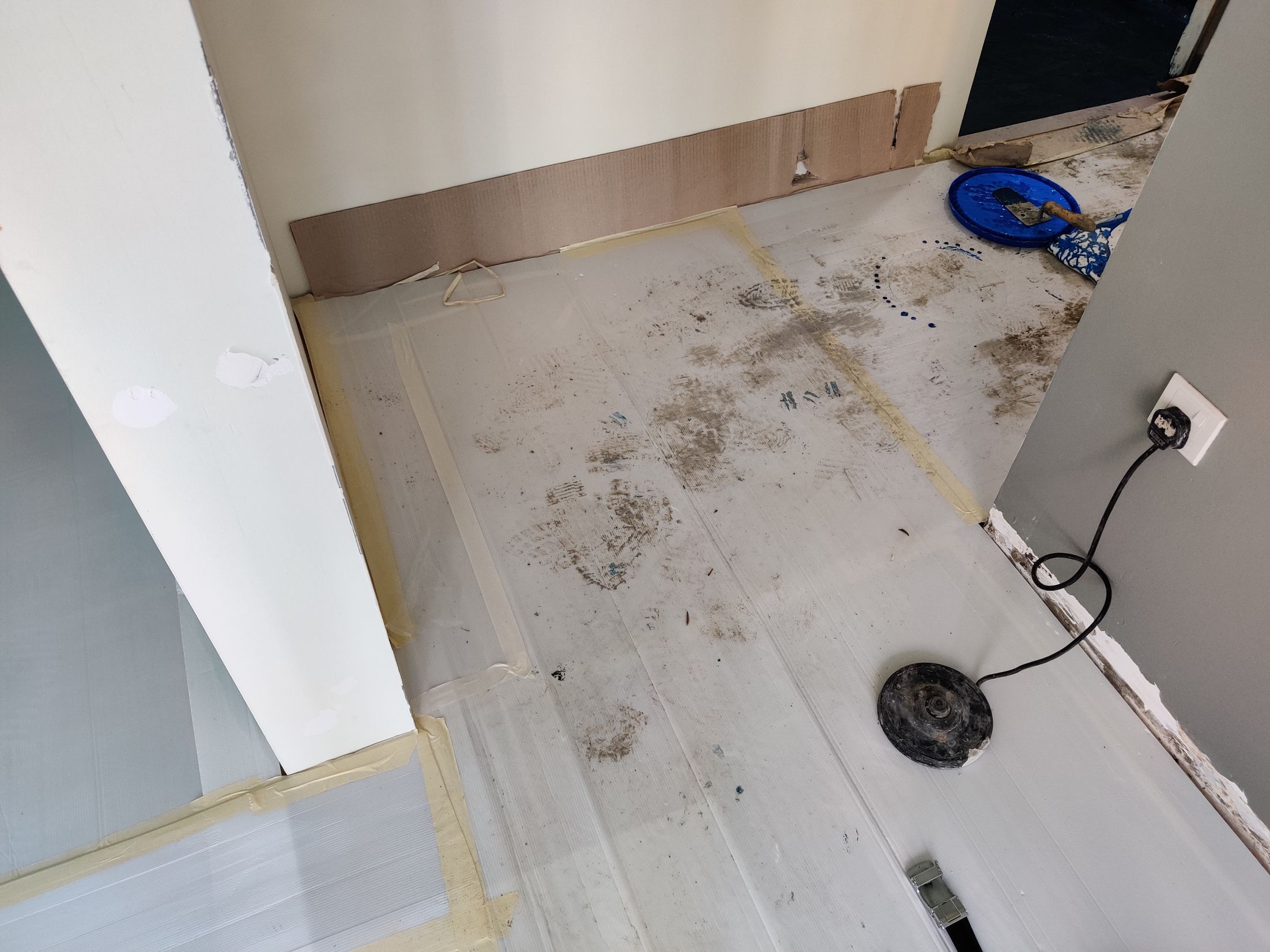
For example, you get one subcon to work on the flooring, and another to work on the side skirts. Let’s say after the installation, you find a crack in the floor. You complain to the flooring guy, but he points the fingers at the side skirt installer, saying that they did a shoddy job while installing and cracked the floor. With many parties involved, there will be a lot of finger-pointing, with no one willing to take responsibility.
As such, while being hands-on and cutting out the middleman here can be cheaper, when things go wrong there is often no recourse and you will have to deal with picking up the pieces.
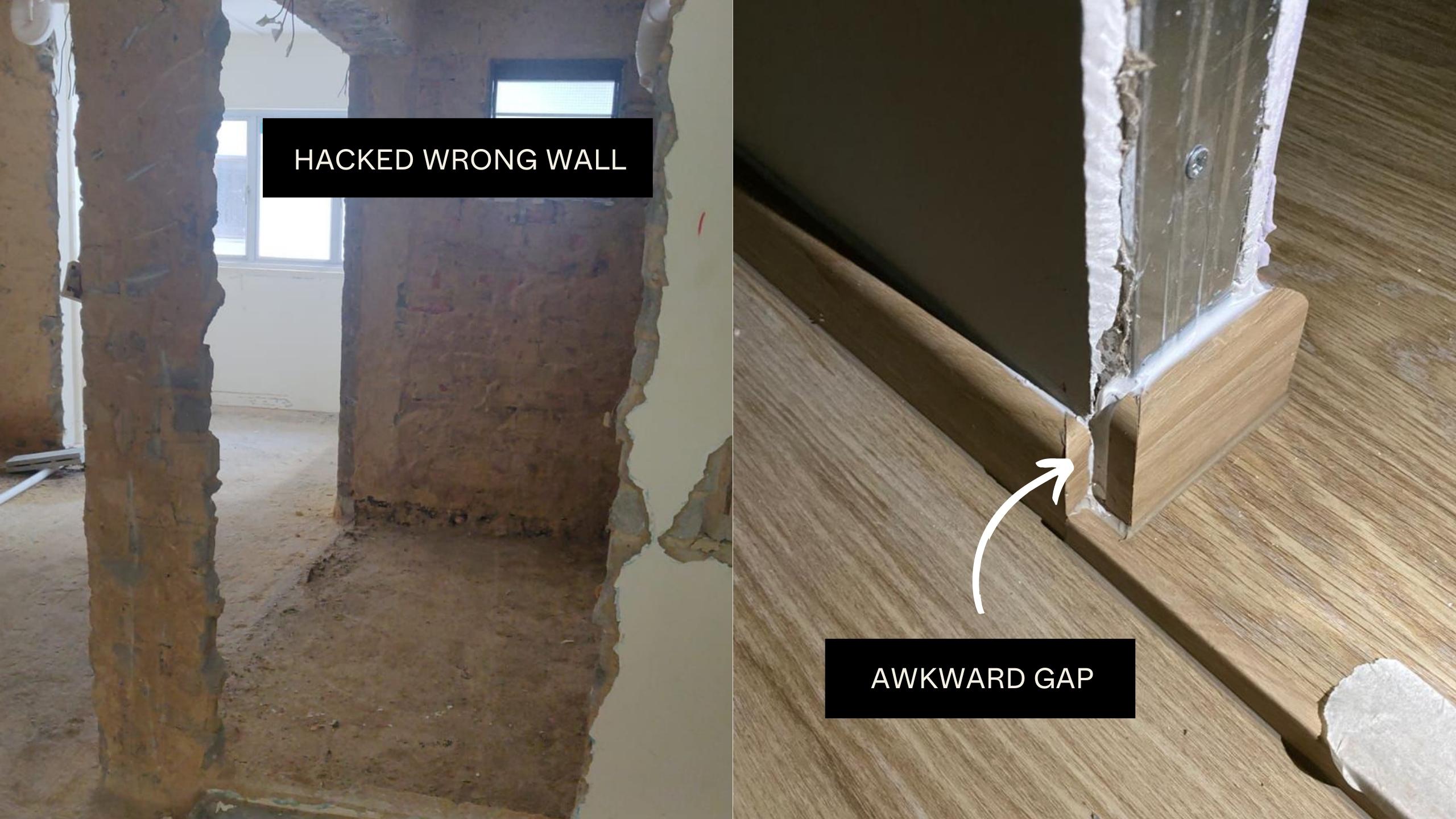
Homeowner StoriesA Singapore Couple’s 9-Month Renovation Nightmare And What You Can Learn From It
by Ryan J. OngNow that I’ve explained the structure, let me go deeper into the problems of the industry.
1. Hidden markups
Because of the number of parties involved, there are many different layers that will have their own markups that are unseen.
Here are the different ways an ID can charge a markup.
– Markup from the main contractor
– Markup from subcontractor
– Markup from materials
– Markup from white goods
– Markup from furniture
Because there’s so much variance, that’s where a lot of monkey business comes about.
For example, an ID can tell you they only charge a design fee – which they do show you upfront, but they are actually also making a markup from all these other avenues.
An ID can also say they only make a project management fee, but they are also making from the markup from construction.
So they could press down the price from their subcontractor by 10% and mark that up by 20%, hence achieving a 30% margin for themselves.
Even if you do ask for an invoice from the subcon/supplier, these are often created with the markup already included so you are left none the wiser.
It’s a dog eat dog world out there, and these companies will support the ID mainly because of the volume of work that they can bring in.
Ultimately, it’s not so much the markup (every business needs to make money somewhere) as it is the fact that you may not be getting the best person for that job, as the choice made in the background is usually one driven by profit in the ID’s interest.
2. Opaque material costs
The biggest problem here though is that material costs are completely opaque and always changing.
More from Stacked
Is The Property Market Going To Slow Down? 5 Reasons Why Only 53 New Units Moved This Weekend
For home buyers, at least, the weekend following National Day may be a happy one. New launch sales for three…

While customers naturally always want to compare, it isn’t like comparing an iPhone and the newest Samsung phone.
There are many different variations and quality of materials, different product codes, and it’s not straightforward at all.
This is why it’s often difficult to compare quotes like for like.
You don’t know the quality of materials used, hence while customers are always looking at the final price, it’s almost impossible to compare from one quote to the next.
So, an unscrupulous ID can undercut others to win the project by seemingly charging 10% less than the rest.
But in order to maintain the margin, they can swap out certain materials for cheaper ones, and you wouldn’t know any better.
They could also use subcontractors that are cheaper with more shoddy workmanship, which ties in with the first point.
3. No standardised contract
Another issue is the lack of a standardised contract.
This results in poor protection for customers when they don’t have clauses that will protect them in the event of disputes.
When an unassuming, first-time homeowner receives a contract, they often don’t know enough about the clauses, and obviously, when the contract is provided by the ID, this will be written in their interest.

This is why you see many different variations of percentages of down payments being collected by IDs.
It should be no more than 20%, but there are customers out there that have been swayed to do a 60 to 70% deposit just to start – and when things go wrong they’ve put in too much money to be able to get out.
4. Lack of escrow payment system and milestones
Despite the many fly-by-night ID stories, it’s almost inconceivable that a solution such as this has not been implemented.
The lack of an escrow payment system makes it harder for the ID/renovation company to be held accountable.
This is a very standard system that is in place if you work with freelance service providers on a platform.
You pay a 10 or 20% deposit to start work, which is held by a neutral party (the platform).
Because of the guarantee that money has been put up, the ID can be confident to start the project.
Thereafter, establish a set of workable milestones of the project such that both parties are satisfied with.
This makes it clear to both sides of the deliverables, and as such, the rest of the payment being fulfilled will only come about once each milestone has been delivered.
Of course, such a system does mean that there is a cost involved in creating and maintaining it. And it definitely should be a cost that has to be borne by the customer.
5. Lack of certification of IDs
This is probably the biggest issue of this whole industry that has taken way too long for something to be done.
While there is a new accreditation scheme for interior designers, it’s still early days whether this will truly be effective.
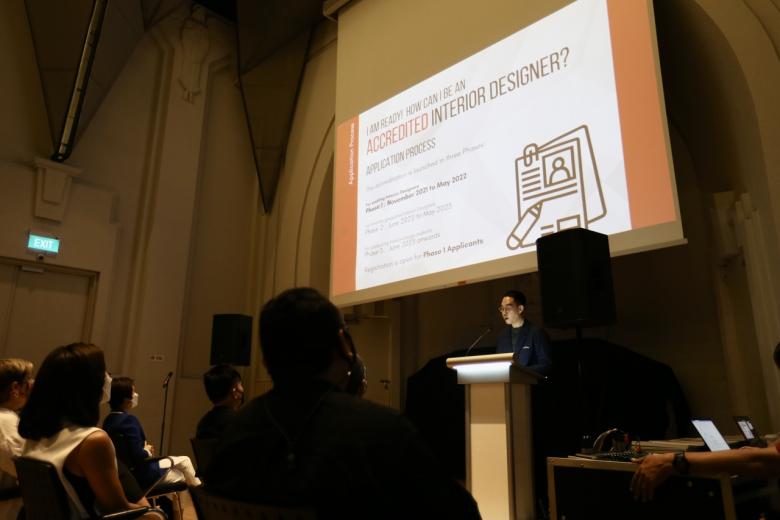
Put it this way, Architects have a professional code of ethics and certification that they have to attain, which starts from the 5-year course that they have to go through in university.
I’ve met many Architects, and it’s always a disheartening moment for them when the realities of the industry bites – an ID with no certification whatsoever required can compete with them for projects.
The truth is, because anyone can be an interior designer, it’s morphed into a situation where you have lots of new entrants (and higher chances of black sheep) spoiling the reputation of everyone else that is trying to do a decent job.
There are some that, well, believe they have good taste, but their technical knowledge is no better than the common man on the street. I’ve heard of stories where some can’t even tell the difference between load-bearing and non-load-bearing walls.
If something has to change here, this is one that will genuinely make a huge impact.
6. Interior design platforms pushed pricing down
Last but not least, the introduction of interior design platforms has had an unintended consequence to the issues that plague the industry right now.
They definitely are useful for consumers, having all the design inspiration and ID firms in one place make it very easy to reach out and enquire.
But because it’s so easy for customers to contact, now ID firms have to fight tooth and nail to acquire customers.
The expectation is now to provide a quote before moving forward.
As such, most of these ID firms on the platform will endeavour to give the lowest price possible to win the project.
I can understand the position of these ID firms as well, there’s a demand for everything to be cheaper and faster.
For example, I could spend the time to do an accurate quote, one that is as comprehensive as possible, and gives enough leeway for it to be viable for me as a business.
But I will always lose out to competitors underpricing (it doesn’t help that there’s no feedback from customers when I do lose the project).
Hence, quotes are liberally given out and that win the project first at all cost mentality has had a detrimental effect.
One, customers now have unrealistic expectations of prices of renovation, which causes prices to be pressed down.
Two, lower prices and thin margins will mean that quality suffers.
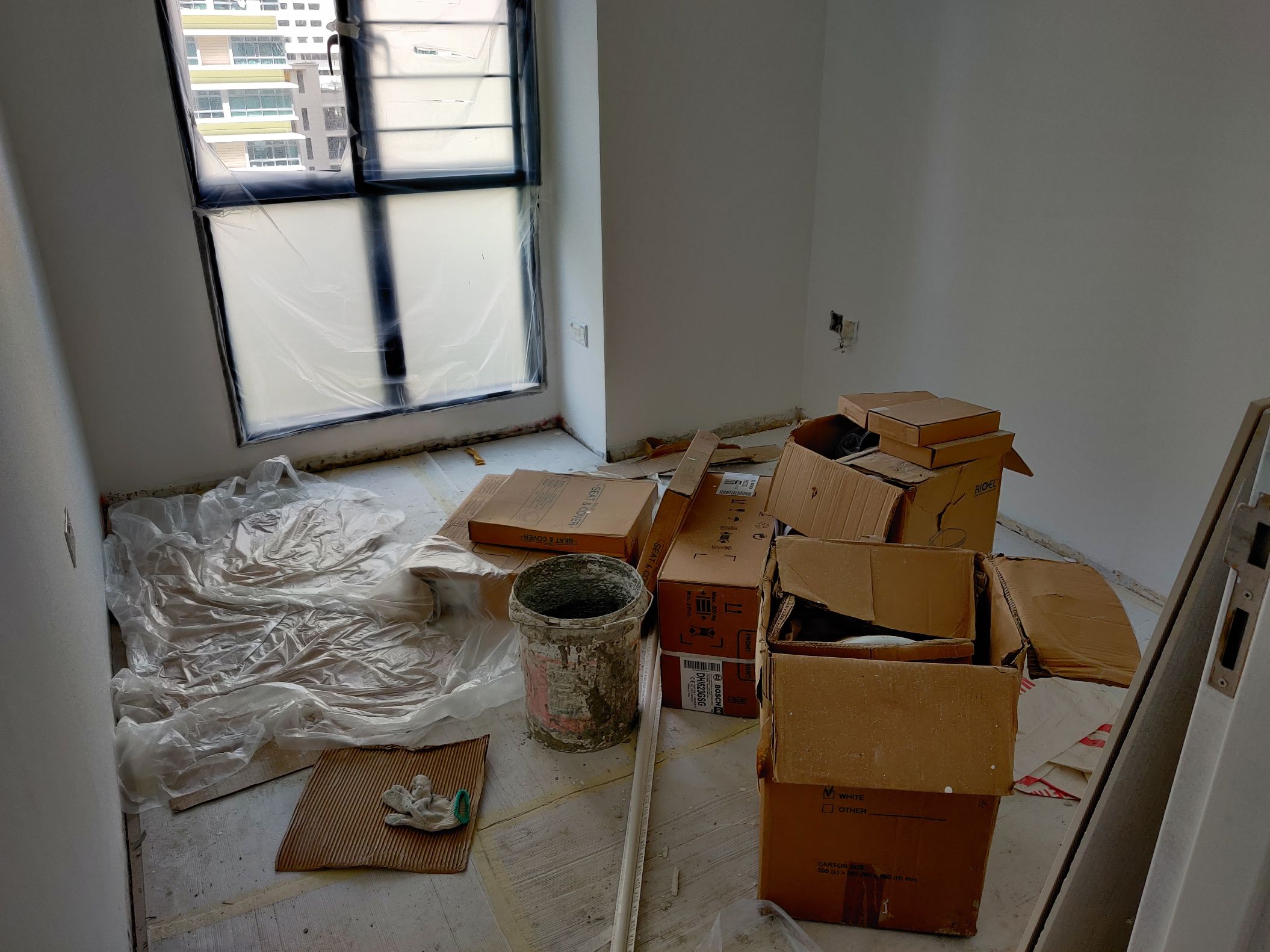
In order to meet the price set out, these ID firms will cut corners where they can to maintain their margins.
There are lots of ways to cost-cut, and the result is always an unhappy experience for homeowners once they move in.
It could be uneven paint finishes, side skirting being cheaply installed, or floor tiles dislodging with not much effort at all.
Sometimes, this could result in even more costs to rectify a poor job.
Or, this sometimes also results in Variable Orders (VO) being charged after the initial unrealistic quote.
Many homeowners have complained about having to pay more than expected with further rounds of VO’s added, but the root cause of the issue is really compounded at the beginning.
Lastly, it’s also the way that the platforms have structured their pricing.
Typically, these ID firms pay per lead accrued (each lead is shared between a few firms), and as a result, they feel a need to take on as many projects as possible – to a point where they’ve overreached their capacity.
This becomes a problem of overpromising, and underdelivering, and the reason why the most common problem is project delays and unresponsiveness.
Even good ID firms can run this risk, and end up biting off more than they can chew.
7. Unrealistic expectations of consumers
I’ll probably touch on this in another article, but the last point is on consumers as well, they have a fair share of the blame to take too.
There are many out there that have unreasonable expectations of how much a home should cost to be constructed, they want something faster, cheaper, and better, without a thought as to how such pricing can be sustainable for the business as well.
The threats of “I’ll go to XXX firm because they are $5,000 cheaper” are all too real and common, and many firms have become subject to such tactics.
As the saying goes, “you get what you pay for”, and with the push for lower prices all the time, the quality has taken a dive for sure.
It’s why second-time homeowners are always experienced enough to know not to pick the lowest quote available – the headache you get after is never worth the trouble.
Final Words
There’s absolutely no doubt that the industry is rife with non-transparent practices.
It’s a combination of many problems, and there are too many parties involved with little recourse and education for consumers as well.
Buying and constructing a home should really be a more enjoyable journey than it is today, and I hope that we can work towards a better process for everyone.
I hope this has gone some way to help consumers looking to embark on a home renovation journey, if you’ve further stories to share on your own experience, please feel free to share them with us at stories@stackedhomes.com
If you’d like to get in touch for a more in-depth consultation, you can do so here.
Adriano Tawin
Adriano is an old school real estate guy. Prior to establishing his own architectural/engineering design firm in New York City, he’s worked for a Brooklyn-based developer developing multifamily residential projects across the 5-Boroughs. In Singapore, he has experience with managing hospitality projects and rehabilitation of conservation shophouses. In his free time, he enjoys photography.Read next from Property Market Commentary

Property Market Commentary I Lived In Bayshore When It Was ‘Ulu’. Here’s How Much It Has Changed

Property Market Commentary Why The Singapore Property Market Will Be Different In 2026 — And It’s Not Just About Prices

Property Market Commentary 2025 Year-End Review Of The Singapore Property Market: What The Numbers Reveal

Property Market Commentary How The HDB Resale Market Performed In 2025, And What It Means For 2026 Prices
Latest Posts

Singapore Property News This HDB Just Crossed $1.3M For The First Time — In An Unexpected Area

Singapore Property News “I Never Thought I’d Be Sued by a Tenant.” What Long-Time Landlords in Singapore Miss

Singapore Property News HDB Resale Prices Finally Slowed in 2025 — Will It Continue in 2026?

Singapore Property News Breaking News: District 23 Condo Sells Out In Under Two Years At $2,120 Psf Average

On The Market Here Are The Cheapest 3-Bedroom Condos in Central Singapore You Can Still Buy From $1.15M

Pro This 21-Year-Old Condo Didn’t Sell Out Initially, Yet Became A Top Performer

Editor's Pick What I Only Learned After My First Year Of Homeownership In Singapore

Singapore Property News Why More Land Doesn’t Automatically Fix Housing In Singapore

On The Market Here Are The Cheapest 4-Room HDB Flats in Central Singapore You Can Still Buy From $490K

Editor's Pick Should We Buy An Old 99-Year Leasehold Condo To Live In: Will It’s Value Fall When The Lease Runs Out?

Pro How A Once “Ulu” Condo Launched In 1997 Became A Top Performer

Editor's Pick I Reviewed A New Launch 4-Bedroom Penthouse At Beauty World

Editor's Pick Why Singaporean Families Are Looking At This Landed Enclave From Around $4M

Singapore Property News Lentor’s First Condo Is Complete — The Early Profits May Surprise You

Property Advice We Own A $800K 1-Bedder And A $1.1M 3-Bedder: Is It Possible To Upgrade To A 4-Bedder Condo?



Solid article. It is absolutely hilarious that some new homeowners are happy to save 5k and compromise on quality for a property they are likely to spend at least the next 5 years of their lives in.
ID platforms like Qanvast really need to go. Their bosses are getting rich by basically doing nothing but shaking their legs while consumers and ID firms are left to deal with all these knock-on effects you’ve just mentioned.